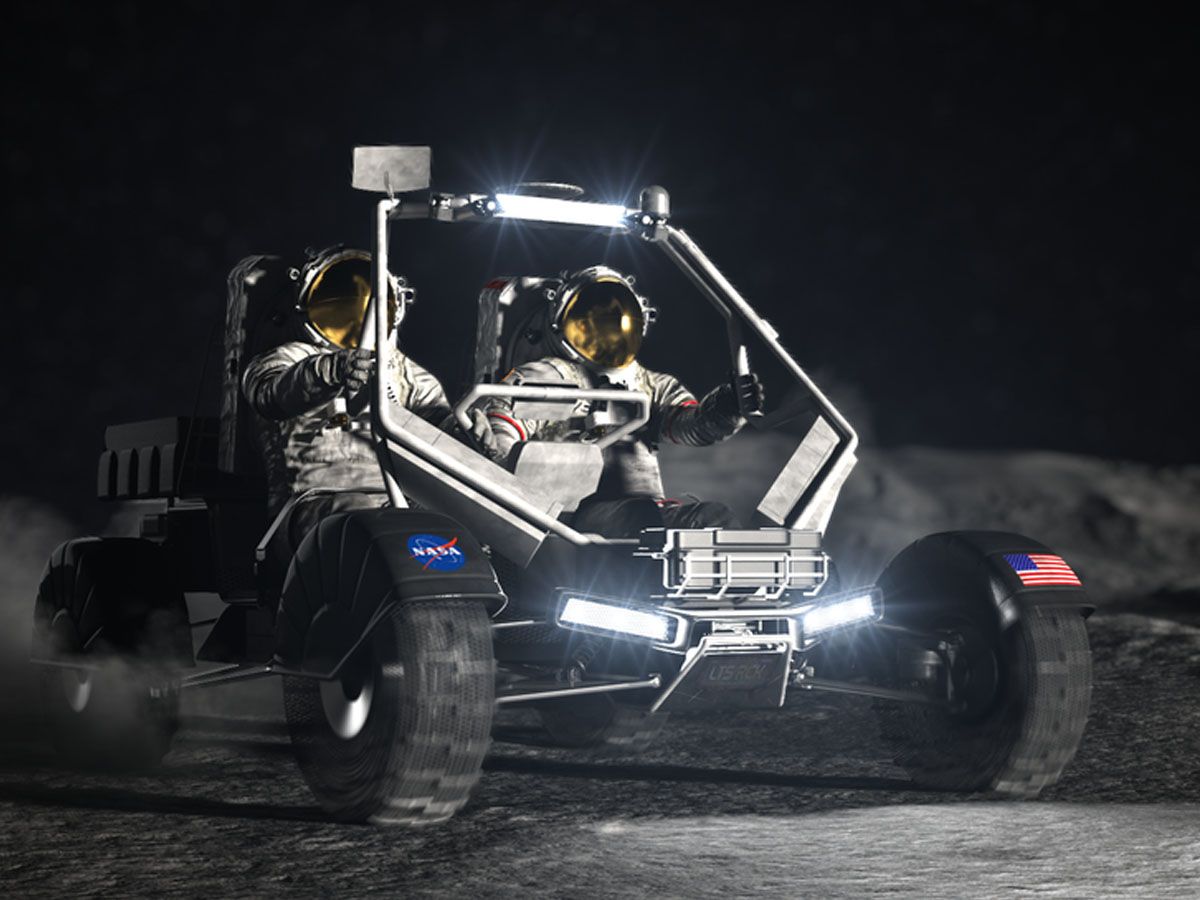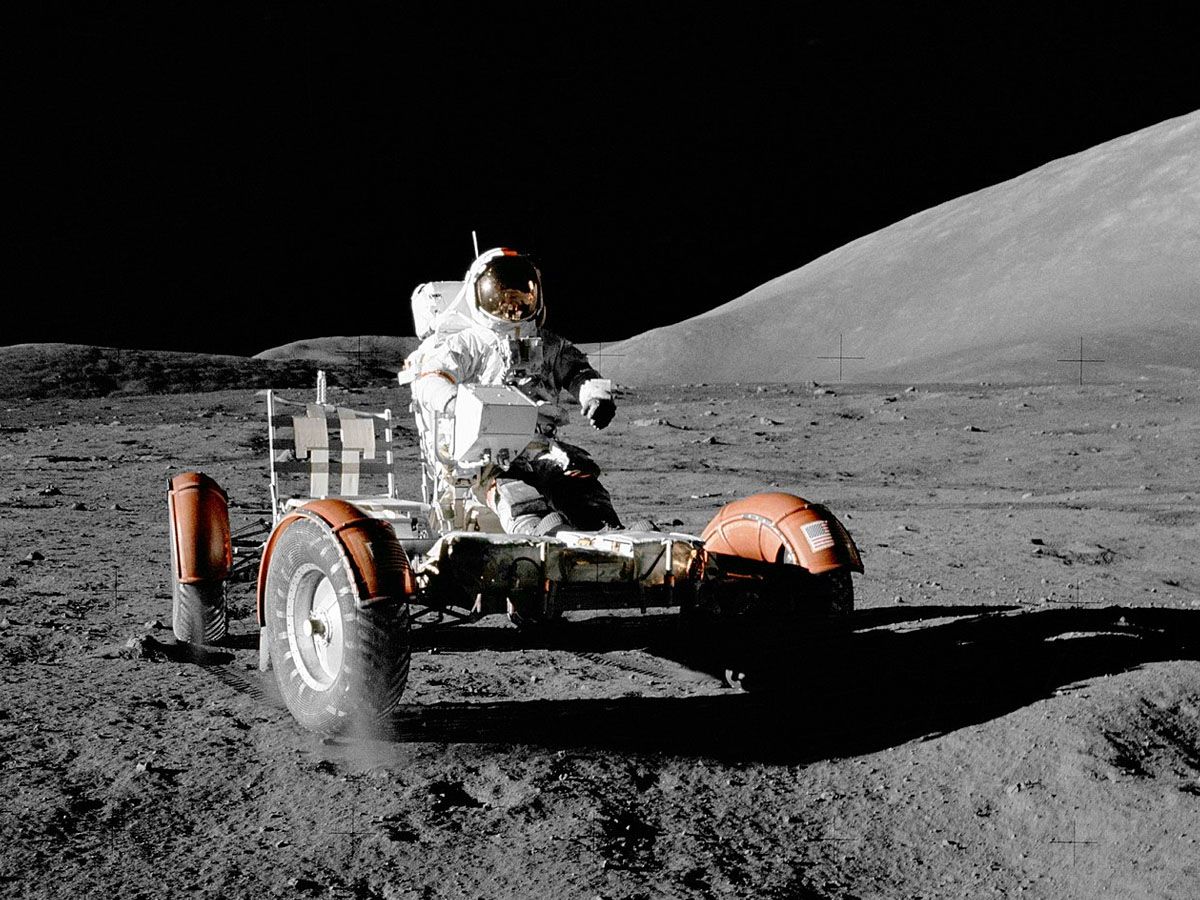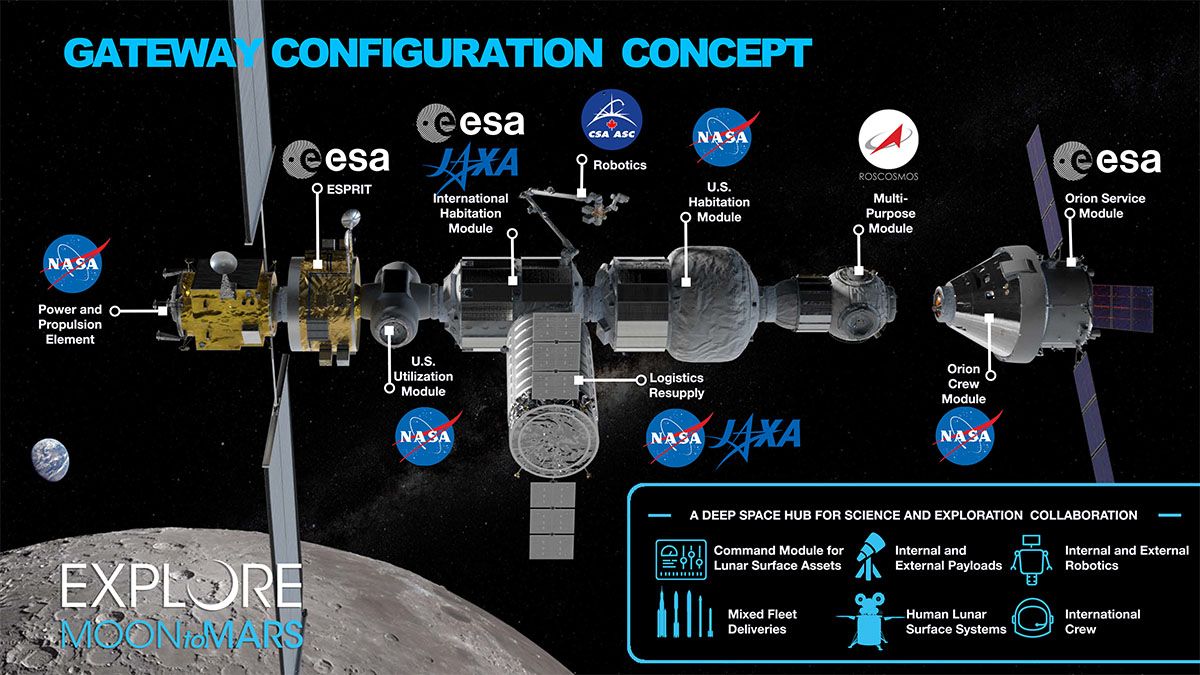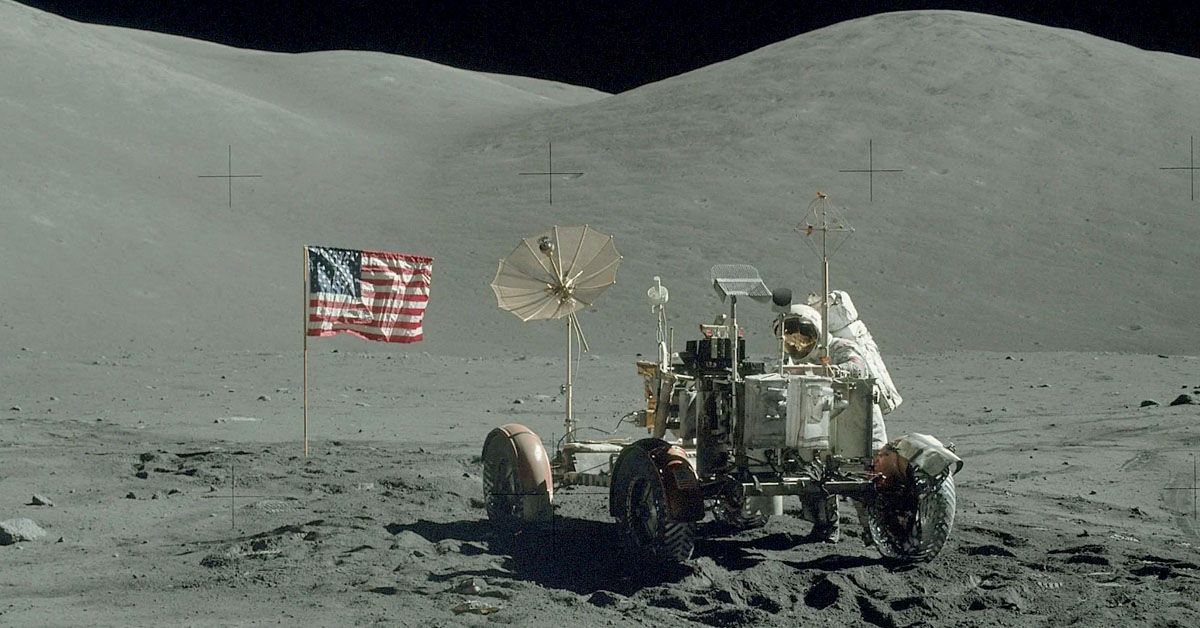In a historic move towards further celestial exploration, NASA is set to revolutionize our journey to the moon. Not since the Apollo missions have we seen such an exciting leap forward in lunar surface mobility. This time, however, astronauts will navigate the lunar landscape with a modern marvel, an all-new Lunar Terrain Vehicle (LTV).
NASA's mission? To pioneer future moon explorations, intensify scientific discovery, and ultimately propel humanity further into the cosmos.
The Need for the Next-Generation LTV
The unpredictable topography of the Moon, specifically its South Pole, demands innovation. To respond to this challenge, NASA is soliciting industry proposals for a cutting-edge Lunar Terrain Vehicle (LTV). The new LTV will empower astronauts to traverse more extensive lunar terrain and undertake scientific activities that were previously impracticable on foot.

NASA is inviting private industry to share their creativity in a novel approach to spacecraft development. Recognizing the power of commercial innovation, NASA aims to outsource the LTV to industry partners, thus assuring that the vehicle provides the best value to U.S. taxpayers while pushing the boundaries of lunar exploration.
NASA is encouraging companies to develop and showcase pioneering rovers suitable for both NASA and commercial use. To harness the best in the industry, NASA is requesting proposals that deliver end-to-end services, from design and delivery to operations on the lunar surface.
The Design and Purpose of the LTV: Combining Apollo and Mars Rover Styles
Intriguingly, the new LTV will borrow features from its forebears and siblings alike. It's set to be a hybrid between an Apollo-style lunar rover, built for crewed exploration, and a Mars-style uncrewed rover, which can operate remotely for scientific research.
The LTV will serve as a trusty companion to Artemis astronauts, significantly extending their reach across the Moon's surface. Beyond ferrying crew members, it will transport scientific equipment, and facilitate more expansive moonwalks, offering the crew increased flexibility.

To withstand the lunar South Pole's harsh environment, the LTV must incorporate state-of-the-art systems, including sophisticated power management, autonomous driving, communication, navigation, and protection mechanisms. Furthermore, each LTV must accommodate two astronauts, including a robotic arm for science exploration, and withstand the lunar South Pole's extreme temperatures.
Selection and Implementation Process
The deadline for industry proposals is set for July 10, 2023, with NASA planning to award the contract in November 2023. Initially, the LTV will serve uncrewed and commercial activities, with NASA planning to use it for crewed operations starting with Artemis V in 2029.
Throughout this process, NASA remains committed to collaboration. The request for proposals integrates industry feedback and builds upon previous interactions with industry partners, indicating a deep commitment to co-creation and shared success.
A Look Back at the Lunar Roving Vehicle (LRV)
Before the LTV, there was the Lunar Roving Vehicle (LRV), an electric vehicle designed specifically to navigate the Moon's low-gravity vacuum. This ground-breaking rover extended Apollo astronauts' surface extravehicular activities, with three LRVs having driven on the Moon during the Apollo 15, 16, and 17 missions.
Despite its seemingly modest size and design, the LRV was a technological marvel. It boasted a robust aluminum alloy frame, foldable seats made of tubular aluminum, and a large mesh dish antenna. The wheels, constructed of zinc-coated woven steel strands, featured titanium chevrons for enhanced traction.
Legacy of the Lunar Roving Vehicle (LRV)
The LRV did more than just travel the moon; it mastered lunar terrain, covering distances up to 35.9 km. Despite the harsh lunar conditions, the LRV performed seamlessly, deploying from the Lunar Module and traversing the lunar surface with impressive speed and agility.
The initial contract for the LRV was a hefty $19 million, but cost overruns nearly doubled that figure. Nevertheless, its critical role and extraordinary capabilities on the Moon undoubtedly justified the investment.

Astronauts praised the LRV for its reliability and flexibility. Harrison Schmitt of Apollo 17 extolled the rover's performance, marking it as a pivotal tool for lunar exploration and setting the stage for the next-generation LTV.
The Artemis Program and its Impact
Beyond the LTV, NASA's Artemis program dreams big. It aims to send astronauts, including the first woman and person of color, to the Moon for scientific discovery, and economic benefits, and to pave the way for future crewed missions to Mars.

The Artemis program is building upon a robust foundation of deep space exploration tools: NASA's Space Launch System rocket, the Orion spacecraft, the Gateway lunar orbital outpost, advanced spacesuits and rovers, and human landing systems. These assets will play a crucial role in the success of upcoming missions, cementing humanity's foothold in the vast cosmic frontier.












